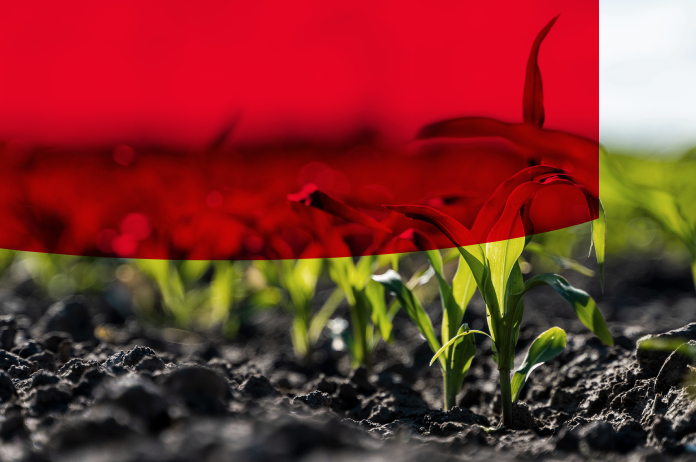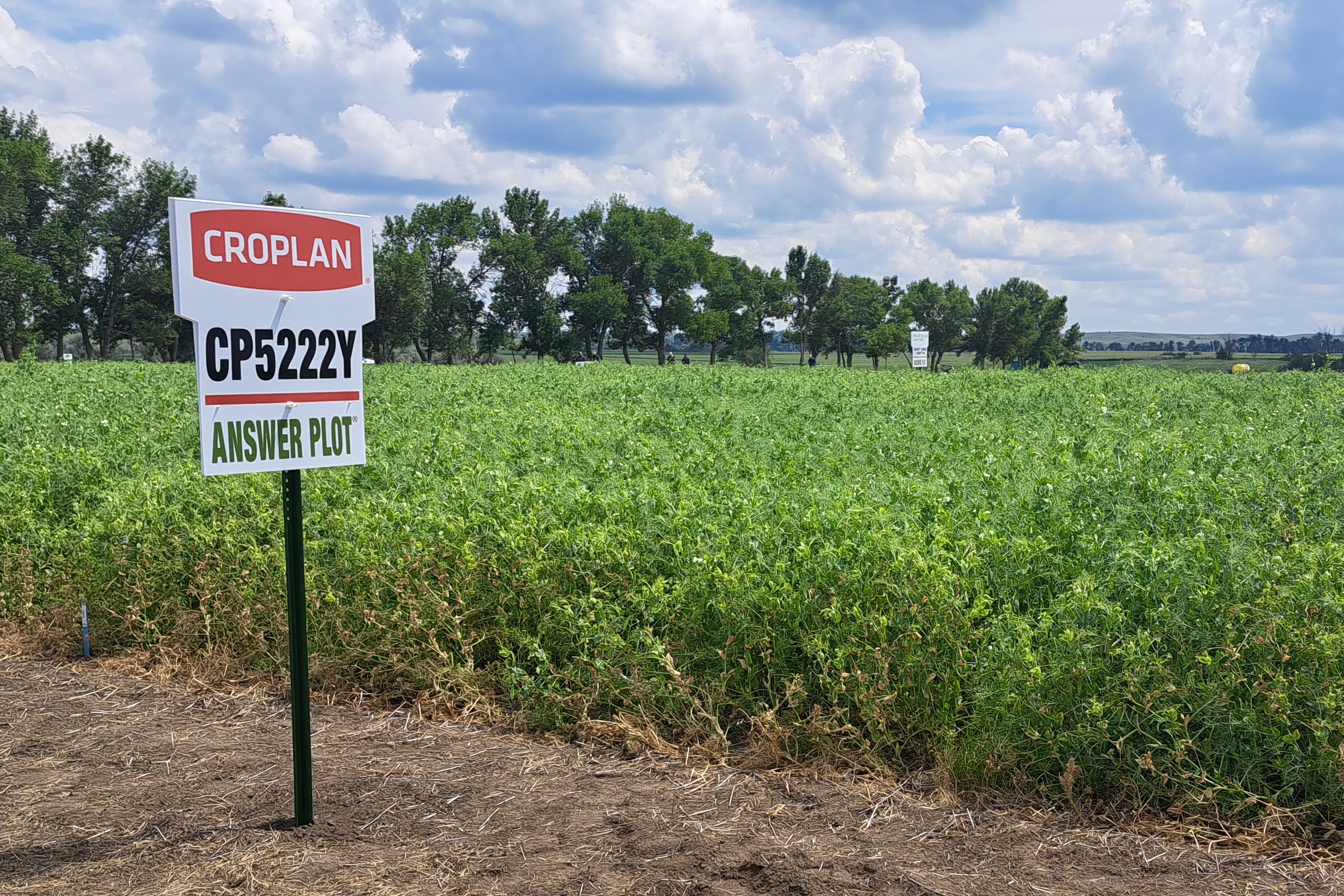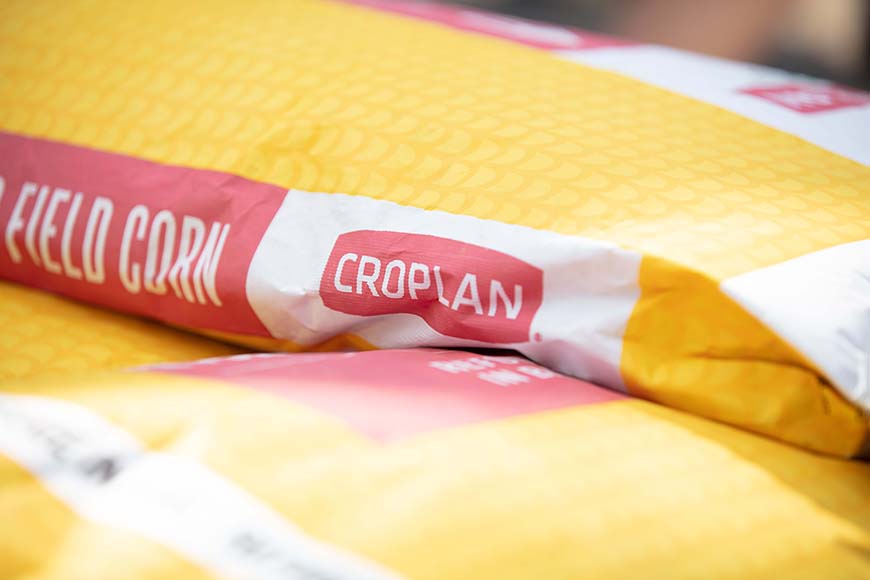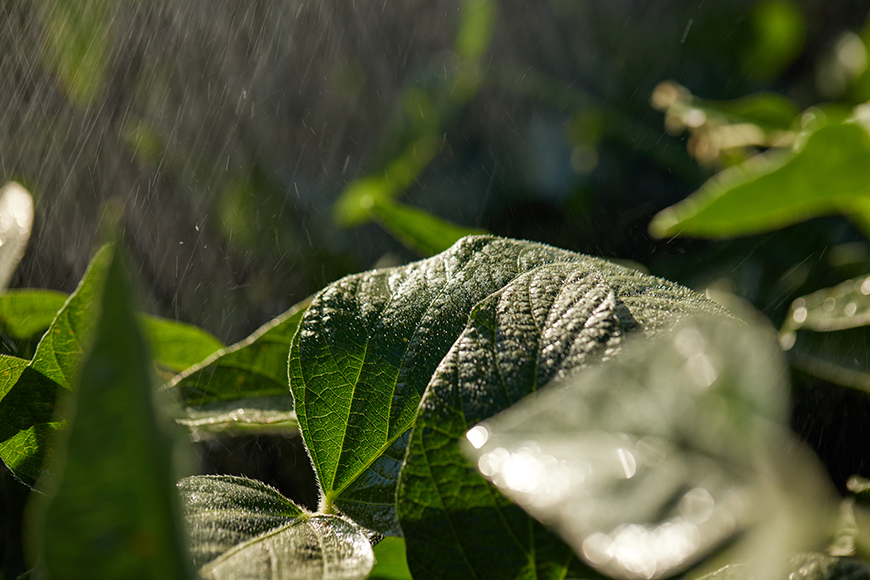What to Look for When Choosing Alfalfa Seed
Leta Larsen
Alfalfa and Forage Specialist
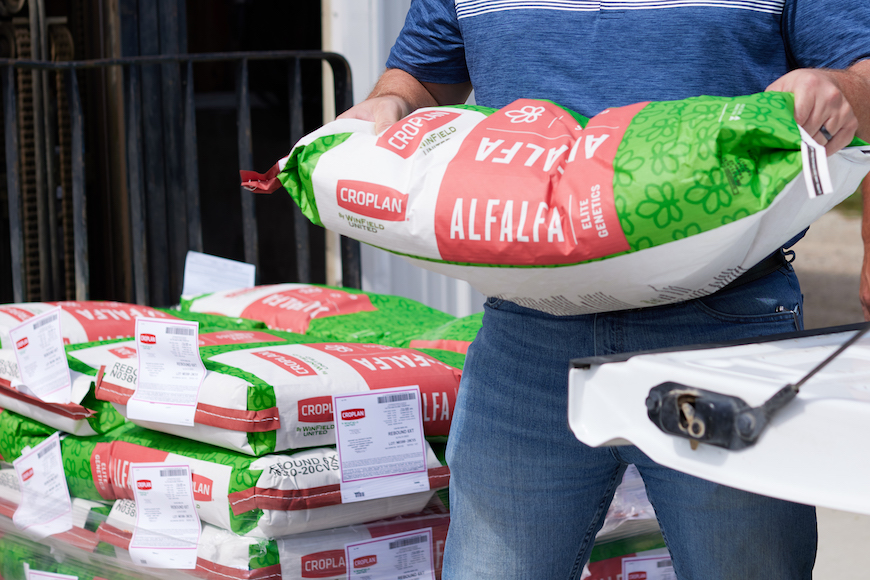
When it’s time to seed new alfalfa, the variety you choose can have lasting consequences for the next several seasons. You want to ensure you choose a variety that meets your agronomic expectations and aligns with your crop's end use. As you evaluate alfalfa seed varieties, here are a few guiding principles to help you choose the best fit.
Drill Down Your Agronomic Needs
As you compare alfalfa seed varieties, consider how the following agronomic differences may affect your production practices and season-to-season success.
Fall Dormancy
Fall dormancy (FD) is the alfalfa plant’s response to day length. More dormant types, or a lower fall dormancy numbered variety, will green up slower in the spring and go dormant earlier in the fall. They also will regrow slower after cuttings.
FD 2, 3, 4 and 5 are dormant varieties that should be selected in Upper Midwest, Midwest and East, as they have a greater chance of survival in the winter. Within this group of dormant varieties, an FD 5 variety, such as CROPLAN® Gunner AA, will regrow much faster after a cutting than an FD 3 variety. For this reason, an FD 3 variety may be better suited for making dry hay. This is because in dry hay, you may take multiple trips across a field. Since an FD 3 variety, such as CROPLAN LegenDairy AA, regrows slower, you will not injure active growth by driving over that variety during baling.
In a haylage situation, simply aligning your fall dormancy number with how many cuttings you plan to take is an easy way to determine which variety will fit. In a three- to four-cutting system, a fall dormancy 3 or 4 variety, such as Rebound AA fits best. In a four- or five-cutting schedule, a fall dormancy of 4 or 5 fits best in the Midwest and Northern regions, such as Gunner AA.
Less dormant varieties will green up faster in the spring, recover quicker between cuttings, typically yield higher in the fall and go dormant later in the fall. Because of the fast growth of less-dormant varieties, the forage quality of the dormant types is generally quite higher. FD 5 varieties have a wide range of adaptability due to their later fall dormancy; the benefit is you can capture more yield potential while still having very good winterhardiness. RR Saltiva is an option with a 4.8 FD rating that can be used in the Central, North and West regions with a 2.5 winterhardiness rating.
FD 6 and 7 varieties are semi-dormant, such as Artesian Sun 6.3, which has an FD rating of 6 and excellent yield potential in a 6+ cut system. On the other hand, FD 8 and 9 varieties are nondormant varieties suited only for southern regions. Growers in these areas might consider RR Desert Rose 2.0 for an option with an 8.3 FD rating and strong aphid resistance, or HVX 940RR with a 9 FD rating and more harvest flexibility.
Winter Hardiness
Winter hardiness (WH) ratings indicate how well an alfalfa variety will survive cold temperatures and successfully produce vegetative growth the following spring. Winter hardiness is an actual measurement of the alfalfa plant’s ability to survive the winter without death or significant injury. WH tests are conducted over two winters in several locations to determine survival. A lower WH number indicates more cold tolerance and higher stand persistence. Winter hardiness is rated on a scale of 1-6. 1.0 is the hardiest, and WH values >3.0 are typical of semi-dormant and nondormant alfalfa varieties. Alfalfa growers who experience harsh winters will want to focus on varieties with a lower winter hardiness rating.
Disease Resistance
Alfalfa diseases, including root rots and leaf and stem rots, can limit the yield and lifespan of an alfalfa crop, so consider a seed variety’s disease resistance package as you’re evaluating products.
Some CROPLAN alfalfa varieties feature AA genetics (indicated by an “AA” in the variety name), offering some of the highest disease resistance to all Aphanomyces root rot as well as anthracnose stem and crown rot races. AA alfalfa varieties help protect the plant’s roots and stems, facilitating more efficient nutrient and water uptake for maximum crop yield and quality potential, and are resistant to anthracnose race 5.
AA varieties also include a seed treatment and coating in the Grozone® Force package, which supports strong seedling establishment by delivering:
• Rhizobium bacteria to fix nitrogen.
• Fungicides for multiple modes of action to help protect seedlings from root diseases such as phytophthora, Pythium and Aphanomyces.
• A micronutrient package, including a PGR to promote early seedling growth.
Even if these issues aren’t a concern for you, the agronomic benefits of AA varieties can help plants overcome environmental stress, such as drought in drier regions. AA varieties also include the latest genetics for overall yield potential.
Other local stresses, such as nematodes and salt tolerance, should be considered and vary by region. Consider a variety such as Gunner AA for excellent disease and nematode resistance or a variety, such as RR Saltiva for excellent salt tolerance and nematode resistance, stacked with the Roundup Ready® trait.
Traits
Depending on your production practices and end use, you may want to consider traited alfalfa varieties to add flexibility to your operation.
Roundup Ready® alfalfa varieties offer exceptional weed control during crop establishment and beyond, and help enable earlier and more effective weed management with minimal crop injury. The main benefits of Roundup Ready alfalfa are:
- Exceptional weed control during establishment and established stands.
- Fewer weeds resulting in higher feed quality.
- Optimal crop safety compared to conventional herbicides.
- Ability to use a single herbicide that can be tank mixed with insecticides, fungicides, plant growth regulators, etc.
If you are summer seeding, Roundup Ready alfalfa is the best option to minimize the competition of wheat or other companion crops that can rob resources vital for healthy growth. Roundup Ready® AphaTron AA is stacked with the Roundup trait and AA disease resistance genetics.
Another trait option is HarvXtra® Alfalfa with Roundup Ready®. HarvXtra is a genetically engineered reduced-lignin alfalfa, the first trait of its kind, to offer the flexibility to produce higher quality forage OR extend harvest to maximize yield potential. HVX MegaTron AA is an option that combines the flexibility of the HarvXtra trait with the disease protection of AA genetics. Growers with HarvXtra varieties have three main options on how to use the trait:
- Continue to harvest at a 28-day window. Our research has shown a 14-20% increase in neutral detergent fiber digestibility (NDFd).1 For example, most dairy producers or hay growers selling to dairies seek higher quality feed that offers improved digestibility. In that case, HarvXtra Alfalfa may be a good choice to enhance the forage’s nutritional value.
.png)
- Extend your harvest interval for seven to 10 days. Our research showed up to 25% increase in yield with the same digestibility that a conventional alfalfa would be at 28 days.2 This is a popular option if you are less interested in high quality and instead want to capture the increase in yield potential by extending the harvest window. Increasing the harvest window can increase the stand persistence and may allow you to eliminate a harvest, reducing production costs.
- Use HarvXtra Alfalfa as flexibility for harvest delays. HarvXtra alfalfa can almost be called an “insurance policy” to manage risks associated with the weather, chopping logistics and equipment malfunctions.
Missteps to Avoid
As I work with alfalfa growers, I sometimes hear these comments regarding seed selection.- “All alfalfa is the same.”
- “Traited alfalfa is too expensive.”
- “Traited alfalfa yields less than conventional varieties.”
It’s fair to have these concerns, but it’s easy to miss opportunities if you don’t talk through them with your trusted seed advisor. Like all seed products, every alfalfa variety has advantages and limitations. Factors like disease resistance and genetic traits play a crucial role in determining performance and longevity. Assuming all varieties are the same could limit your crop’s potential by reducing yield and stand life.
While traits like HarvXtra Alfalfa and Roundup Ready are initially a greater investment up front, the agronomic benefits over the lifespan of the crop could result in higher returns, more flexibility and added efficiencies. Spread over the life of the crop, traited varieties can pay for themselves very quickly.
If you’re concerned about the yield drag with traited alfalfa varieties, rest assured that modern varieties, including the latest Roundup Ready and HarvXtra Alfalfa options, can perform. Your CROPLAN seed dealer can share local yield data so you can compare how traited varieties perform in your area.
Choosing the right alfalfa seed can set you up for success for years to come. For more information on alfalfa management and variety selection, contact your local CROPLAN seed dealer.
1 Data comes from FGI trials comparing HarvXtra Alfalfa with Roundup Ready Technology 2017 FD4 commercial varieties to FD4 commercial checks. Trials were seeded in 2013 and harvested in 2014, 2015 and 2016 in Boone, IA; Mt. Joy, PA; Nampa, ID; Touchet, WA; and West Salem, WI. Yield increase was directly correlated to the ability to delay harvest.
2 Results of Forage Genetics International experiment. 4 locations (WA, ID, IA, WI). 6 treatments; 5 cuts; 4 reps per cut; 1920 samples total.
All photos are either the property of WinField United or used with permission.
© 2025 WinField United. Important: Before use always read and follow label instructions. Crop performance is dependent on several factors many of which are beyond the control of WinField United, including without limitation, soil type, pest pressures, agronomic practices and weather conditions. Growers are encouraged to consider data from multiple locations, over multiple years and to be mindful of how such agronomic conditions could impact results. CROPLAN and WinField are trademarks of WinField United. All other trademarks are the property of their respective owners.
IF YOU LOVE OUR INSIGHT, YOU’LL LOVE OUR ROI POTENTIAL
Every successful harvest starts with a seed. It just can't end there. Choose which high-performing seed products you’ll start with this season.



